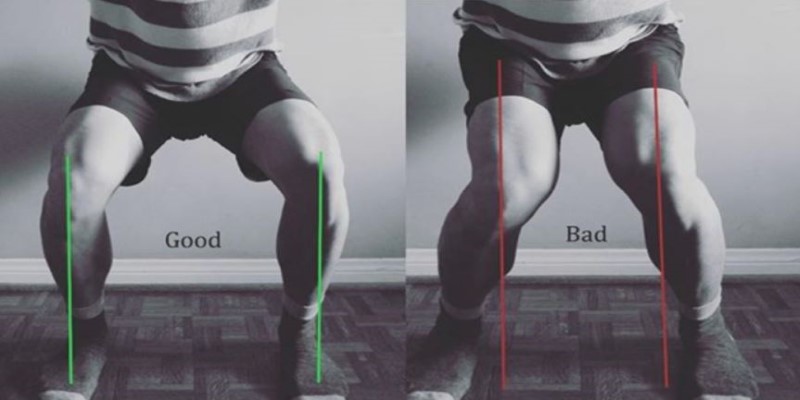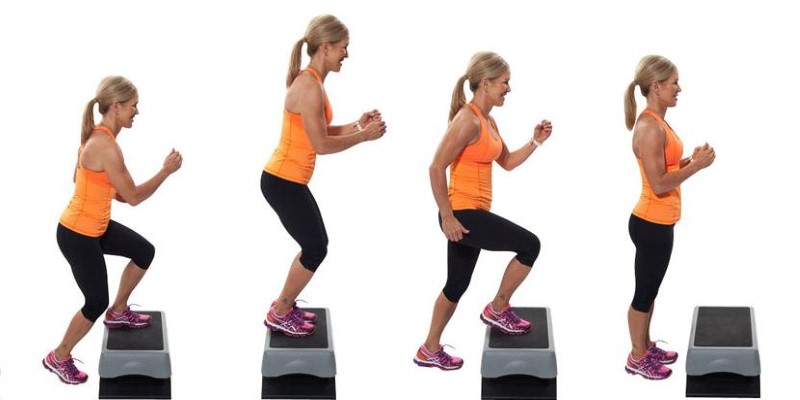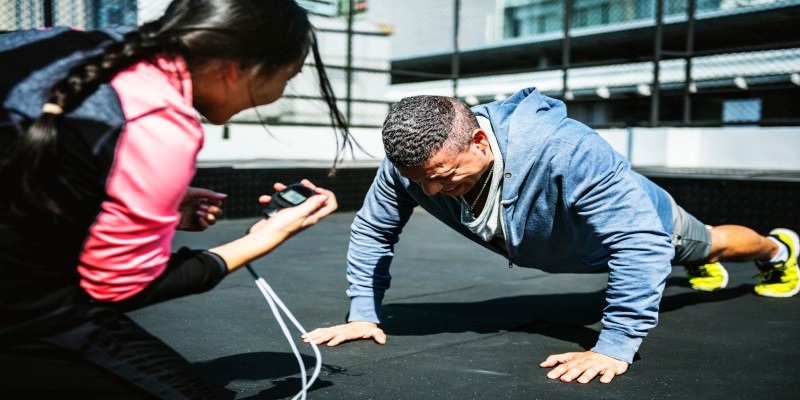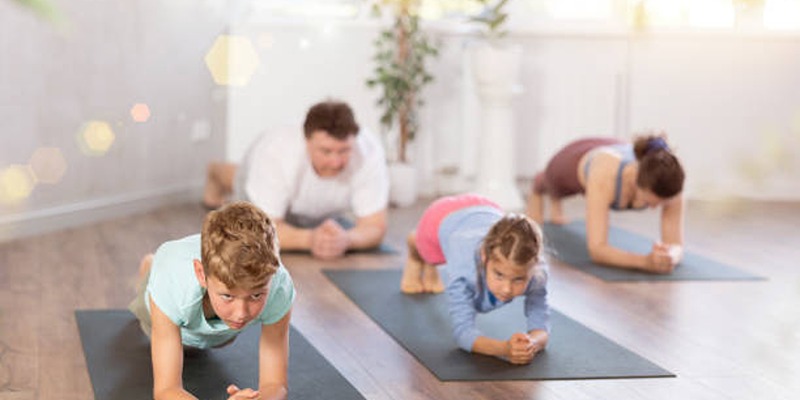Are you someone who indulges in the most demanding step-up exercises out there to achieve powerful, sculpted thighs and glutes, but you cannot see the results?
Well, my friend, let us tell you that you are not alone on this boat. Step-ups are easily one of the most challenging leg exercises out there, and while they do promise exceptional results, if there is one aspect, you should not deny that they require a lot of precision to carry out. Hence, the potency for errors increases by a considerable margin and puts you at a risk of injury. Want to know some of the most common step-up mistakes and all the ways through which you can fix them? We have you covered.
The Worst Step-Up Mistakes and All Its Possible Fixes
Here are the top four worst step-up mistakes one can make and all the possible fixes that you can attain from them:
Your Knees Caving In

One of the most common step-up mistakes that you can make is letting your knee cave in as you jump or take a step onto that box or stand. The most ideal approach to carry it out is by maintaining a straight line between your knee and ankle while taking a step. This helps keep your knee in a safe position and also fires up your glutes, hamstrings, and quads. So, the question is, how can you fix it? Well, fixing your knee caving-in issue is not a hard job, and all you have to do is follow our advice.
How to Fix the Knee Caving-In Issue?
One of the easiest ways one can fix knee caving issues during step-ups is by strengthening gluteal muscles. In order to do this, the best-recommended approach is to add a few hip abductor exercises like those lateral band walks into your every workout regime. A strengthened glute muscle will help ensure that your knees don't cave in the next time you leap that step up.
Dropping Back to the Floor
When carrying out a step-up, one should rush through the exercise. The key is to keep your pace moderate throughout each rep you carry out and also pay extra attention to how you lower yourself back down.
Yes! Many people performing this exercise usually rush into the descent. This common mistake ends up hindering a lot of their move's muscle-building benefits. If you control your pace on the lowering descent, your muscles will end up building more strength.
This brings us to the reason why one can have difficulty in slowly lowering or descending from the step. The biggest reason as to why your body might rush into the descent is probably due to the weakness in the quads and glutes.
How to Fix Dropping Back to the Floor Quickly Issue?
The first approach to fix this issue is to add some extra focus on your quad, and glutes exercise regime in order to strengthen them. Another great approach you can pick is slowing down your descent by counting to two (Mississippis) as you come down on each rep.
Moreover, if you still have difficulty and tend to drop down quickly, we suggest you shorten the height of your box. You can increase the height over time once you have strengthened your quads and glutes.
Pushing Through Your Back Leg

Another one of the most common mistakes many people make but neglect fixing during step-up because they usually do not consider it a mistake is putting too much reliance on the back leg.
Yes! Instead of using the front-leg muscles, many people just use their back legs to push off the ground and pull their bodies up. The primary reason why many people do this is because they feel it makes the exercise much easier. However, what one should understand is that through this approach, they defeat the entire purpose of step-up exercises, and it doesn't provide them any benefit. Want to know how you can fix it?
How to Fix Putting Reliance on the Back Leg Issue?
The best way to avoid putting reliance on the back leg is to make sure that your foot is entirely on the box as you take a step up. This approach would help you put pressure on your front leg and heel equally.
Moreover, working out on a shorter step initially will work as an excellent exercise modification that can fix this mistake. Higher steps usually require an individual to put in more glute and quad strength, and hence, we advise you to start with shorter steps first.
Leaning Too Far Forward
You must be thinking that wait isn't leaning a little forward toward the basic approach when you step onto a higher surface. Well, of course, it is, but by leaning, we mean just slightly lean in. Leaning too forward while stepping up can rule out the benefits that a step-up will provide for you.
When stepping up, the approach should be to let your body move in one line, similar to moving a plank. However, the minute your hips stick out behind you and your chest angles towards the floor, this is where the problem will arise. This doesn't mean that it cannot be fixed, though. Here is how you can avoid leaning too forward and stepping up.
How to Avoid Leaning Too Far Forward?
The best way to avoid leaning too forward when stepping up is by observing yourself in the mirror to check your form. When you look into the mirror while doing step-ups, it will help you assess your overall body posture and also help ensure that your hips do not bend forward. In case you do not have a mirror in front of you at the gym, try recording yourself on your phone.
Wrapping Up!
If you are someone who has been trying to pull off the step-up exercises for some time now, but you feel like either the results aren't coming in or you are not doing it correctly, then we hope this article helped you assess your mistakes. Let us know what you were doing wrong in your step-up exercises and whether our fixing methods helped eliminate the mistake.



